When I scale a horizontal ListView widget, I observe that only a portion of the list items are visible when the widget is scrolled all the way to the right:
import 'dart:ui';
import 'package:flutter/material.dart';
void main() {
runApp(MyApp());
}
class MyApp extends StatelessWidget {
@override
Widget build(BuildContext context) {
final sideLength = 50.0;
final scale = 2.0;
return MaterialApp(
scrollBehavior: MyCustomScrollBehavior(),
home: Scaffold(
body: Transform.scale(
scale: scale,
alignment: Alignment(-1, -1),
child: Container(
height: sideLength * scale,
child: ListView.builder(
itemCount: 20,
scrollDirection: Axis.horizontal,
itemBuilder: (context, index) => Container(
width: sideLength,
height: sideLength,
child: Text(index.toString()),
decoration: BoxDecoration(
border: Border.all(width: 3, color: Colors.red))),
)),
)));
}
}
class MyCustomScrollBehavior extends MaterialScrollBehavior {
// Override behavior methods and getters like dragDevices
@override
Set<PointerDeviceKind> get dragDevices => {
PointerDeviceKind.touch,
PointerDeviceKind.mouse,
};
}
On the Pixel 2 emulator, only the first 16 items are visible when I scroll to extreme right. For example:
When the scale is 1 or if the Transform.scale widget is not there, all 20 items are visible.
I observe the following behavior:
| Total item count | Last item scrollable to |
|---|---|
| 8 | 4 |
| 10 | 6 |
| 20 | 16 |
| 30 | 26 |
| 50 | 46 |
So it seems like the last 4 items are always left out.
Ultimately my goal is to create a responsive widget that scales according to the dimensions of screen, so I'm looking for a generic solution.
The custom scroll behavior is only there so that horizontal scrolling works on dartpad.dev, as per this answer.
